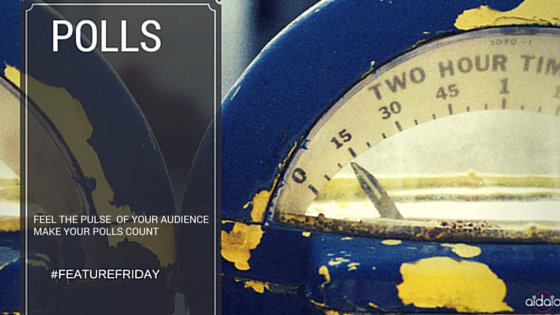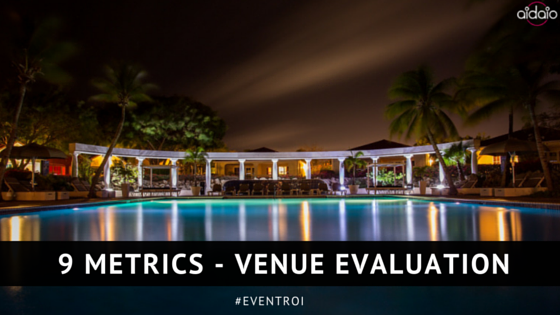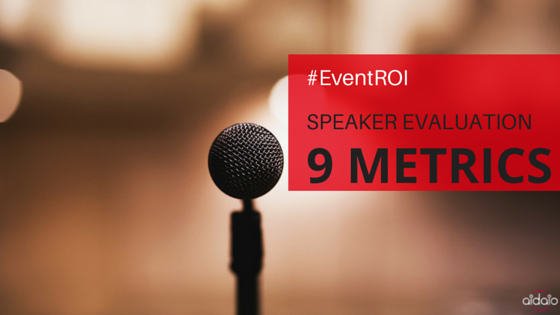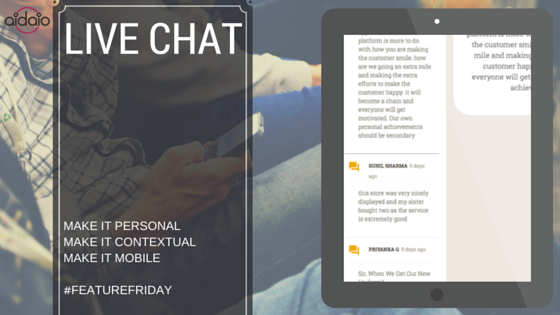
Live Audience Polls
Engaging events are never a one-way journey. It’s all about interactivity and capturing the imagination of your audience polls. Instant audience engagement and interaction can be rewarding, not only in terms of evaluating your event but also to prepare for the next.
Then comes the fancy world of ARS (Audience Response System). Yes, the same thing that you see in some of the TV shows. The presenter asks a question and the audience press a button on a small voting pad and shares their votes. There is a receiver device that captures and consolidates these votes.
Problem
On the first look, ARS does seem very interesting, but as you delve deep into its world, you realise it’s just more responsibilities falling on your shoulders, in terms of procuring the devices, testing them and the list goes on.
Procurement – First and foremost, for using ARS in your event, you must plan ahead to procure or rent the devices. Once procured, they have to be stored appropriately.
Capacity – The number of devices needed for your event depends on the number of targeted voters. Each receiver has a set capacity, which is usually around 200-500 voters.
Cost – The rental cost is often around $5-$20 for each voting device. Over that, there is a fixed cost that is to be paid for the receivers, which could be anywhere from $800 to $1000.
Powering – Once procured, you have to ensure that all the devices are powered and working properly. These devices work on small batteries, which need to be checked often and recharged. In case of faulty devices, you need to get them repaired ahead of the onset of the event.
Dry runs – And once that is ensured, you must go ahead and carry out multiple dry runs with the devices and receivers. A small amount of training and ‘getting-used-to’ is required for setting up polls.
Handling – You also need volunteers to hand out devices and collect them once the voting is over. With larger events, ARS becomes all the more cumbersome to distribute, collect and store.
Proximity – If the targeted audience is distributed across the venue, then good luck on getting them to assemble at one point and casting their votes. The voting pads need to be within the range of the receiver, which is usually a radius of 100 meters.
Solution
There’s got to be a better way. Each one of us carries a smartphone today, so how about putting them to good use at events. How about sending Polls to your audience through your event app?
Using the right tool makes it a lot easier. The audience have their smartphones in their pockets, so you don’t have to worry about any of the above problems. Even if the audience is spread across the venue, you can broadcast a poll and they can send their responses from wherever they are. Moreover, at a given point of time, multiple polls can be active simultaneously. Users can peruse previous polls and their votes. As the results pour in, you can display them on a live display screen of your choice.
Just imagine the plethora of analytics possibilities that would be available. Based on how an individual vote’s, you can target content to her appropriately. You could make use of these learnings to plan your next event. Since the possibilities are endless – Make sure you make the most it!










 Guidance: When a brand initiates it’s connect with consumers, it is crucial to guide, educate and inform them.
Guidance: When a brand initiates it’s connect with consumers, it is crucial to guide, educate and inform them.



 Attendees today have high engagement needs but low attention spans. They are smart, and are eager to converse. They carry smart phones and embrace technology with ease.
Attendees today have high engagement needs but low attention spans. They are smart, and are eager to converse. They carry smart phones and embrace technology with ease.
Recent Comments